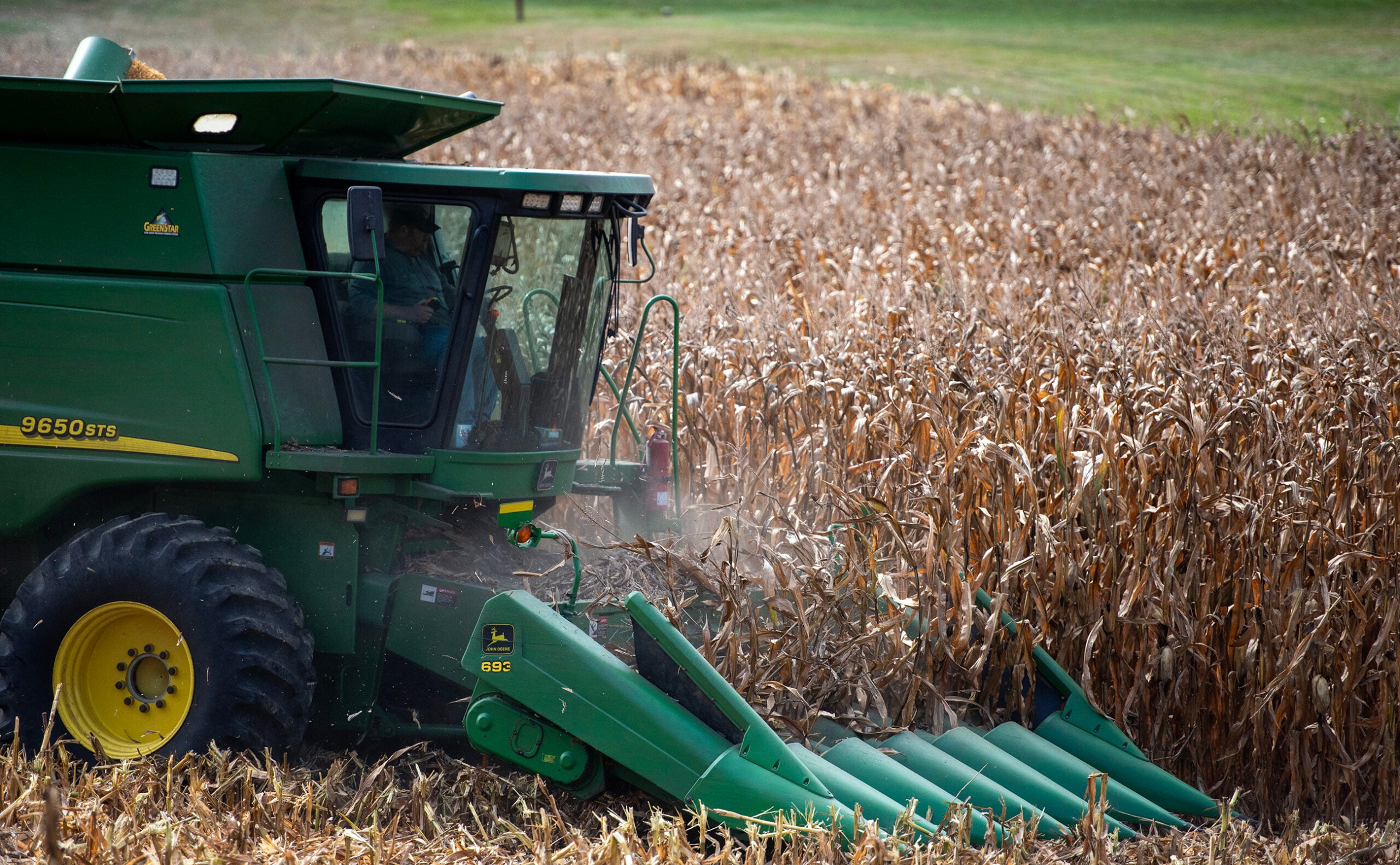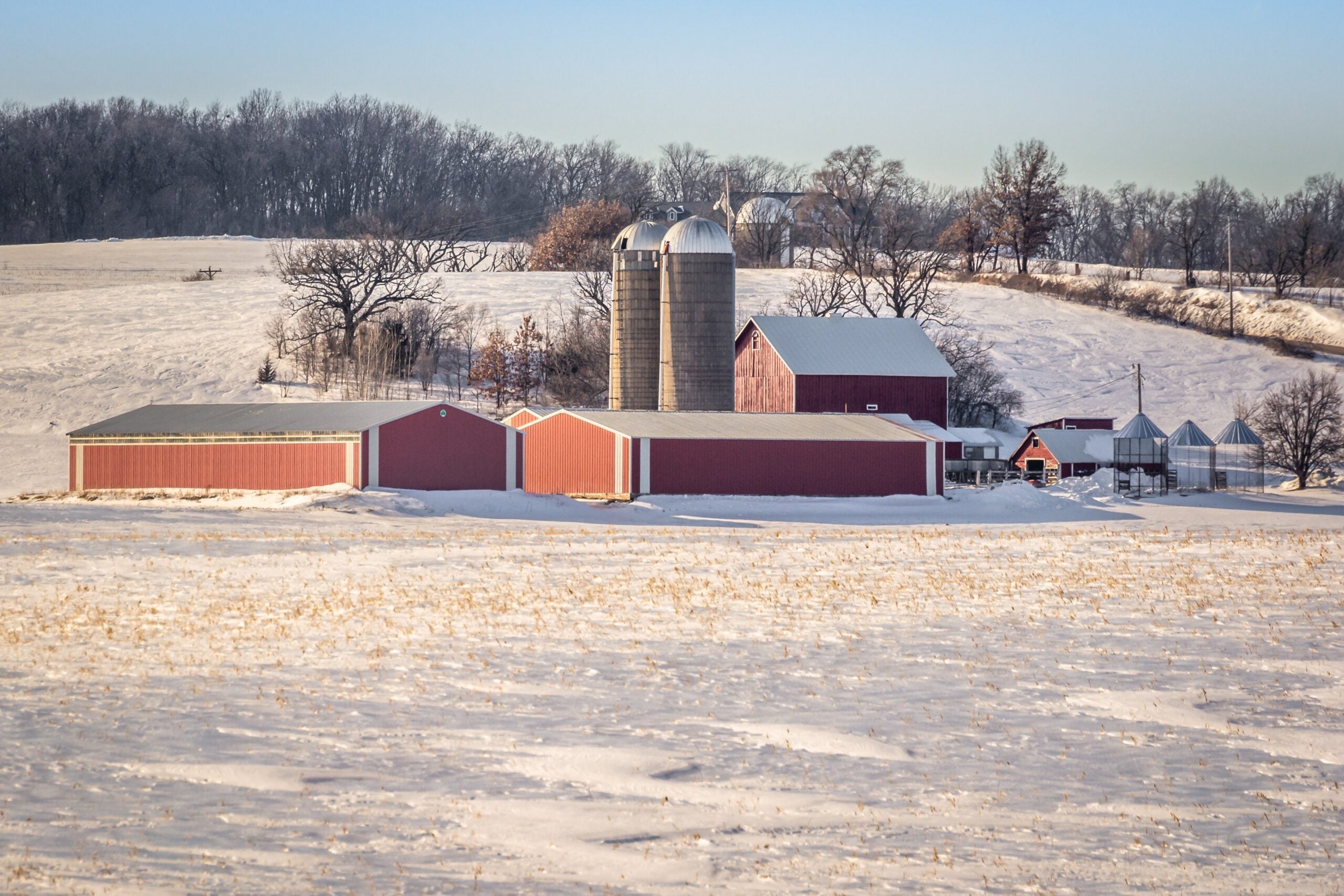As the U.S. Department of Agriculture forecasts a slight decline in farm income this year, Wisconsin agriculture experts continue to worry about the financial resilience of the state’s farms.
The USDA’s annual Farm Income Forecast expects net farm income to increase by 1.4 percent from 2019 in inflation-adjusted terms. But net cash income, a measure of farm-related income minus cash expenses during the year, is forecast to decline by 10.7 percent this year.
A big part of that decline comes from large sales of commodities in inventory or storage. In 2019, inventory sales reached $14.7 billion. But the USDA expects this year’s inventory sales to be only $500 million.
News with a little more humanity
WPR’s “Wisconsin Today” newsletter keeps you connected to the state you love without feeling overwhelmed. No paywall. No agenda. No corporate filter.
“That’s a big difference. And so it’ll be interesting to watch as time goes on whether that changes,” said Kevin Bernhardt, agribusiness professor at the University of Wisconsin-Platteville.
The way that USDA counts inventory sales also impacts how they show up in the data. When calculating net cash income, sales of inventory are counted during the year they happen. But when calculating net farm income, the sales are counted during the year the commodity was produced.
The annual forecast also expects government payments to farmers will decline significantly this year, falling 36.7 percent from 2019.
The change is due in large part to declining payments from the Market Facilitation Program, which was meant to make up for the impact of retaliatory tariffs on U.S. agricultural goods.
The final tranche of the 2019 program was announced in early February. President Donald Trump has raised the possibility of renewing the program in 2020 as the negative impacts of negotiating trade deals with China, Mexico and other countries continue. Bernhardt said the fact that it’s a presidential election year could also be a factor.
“The president probably is going to need places like Wisconsin, Michigan, Iowa, Ohio and so forth, and those are agricultural states. So, there could potentially be a lot of incentive to put some Market Facilitation dollars back out there,” Bernhardt said.
But Bernhardt points out income is only one half of the economic situation facing the state’s farms.
The USDA also forecast that farm debt will increase by 2.3 percent, led by an increase in real estate debt. That will push the farm sector’s debt-to-asset ratio slightly higher, from 13.45 percent in 2019 to 13.59 percent for 2020.
Bernhardt said he is more worried about the decline of working capital available on farms. That number, which measures the amount of cash available to fund operating expenses, is forecast to decline 15 percent from 2019.
Bernhardt said having less cash on hand makes producers more susceptible to sudden changes in the commodity market, such as from the spread of COVID-19 or a decline in international trade.
“It’s that extra money, so to speak, that you have in your pocket when times get tough,” Bernhardt said. “A farm that has good working capital, not only has good resiliency for when negative things happen. They also have the availability to jump on opportunities when they come on. You don’t have that working capital, you don’t have the flexibility for either one of those.”
He said dairy farmers relied heavily on their working capital during the decline in milk prices from 2014 to 2019 and many of those funds have now run out.
“We saw that manifest itself in a lot of people getting out of the business. Not necessarily because they were all forced out, but a lot of them just said, ‘I’ve had enough. I don’t have the money to reinvest back into the facilities. It’s time to go,’” Bernhardt said.
Wisconsin lost 10 percent of the state’s dairy farms in 2019, the largest decline since state records started in 2004.
Bernhardt said farms will need to manage their risk through federal insurance programs or other strategies to make up for a lack of working capital in 2020.
Wisconsin Public Radio, © Copyright 2026, Board of Regents of the University of Wisconsin System and Wisconsin Educational Communications Board.





